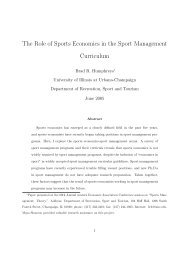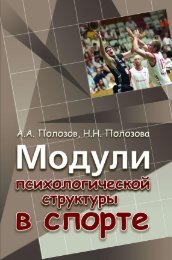Create successful ePaper yourself
Turn your PDF publications into a flip-book with our unique Google optimized e-Paper software.
As sensei Abernathy said in one of his<br />
articles, all martial artists of old were<br />
generalists. They had to be. They all had a<br />
primary weapon as a specialty, but they<br />
would be fools if they had no knowledge of<br />
other weapons, or empty hand techniques.<br />
After all, what do you do if you drop your<br />
spear by accident? Other than pray. They<br />
may not have been as good at throwing as<br />
a modern day Judo practitioner, that is his<br />
specialty. They did however, know a few<br />
throws, and where able to pull them off in<br />
the heat of a “kill or be killed” battle.<br />
Something that I doubt the modern Judo<br />
practitioner would be able to do. Sports are<br />
not duels to the death.<br />
So then, how did these people learn these<br />
58 - <strong>Totally</strong> <strong>Tae</strong> <strong>Kwon</strong> <strong>Do</strong><br />
Cross Training<br />
By Richard Conceicao<br />
With all the seminars, workshops, and other educational opportunities<br />
buzzing around, the issue of “cross training” has once again reared its<br />
head; I thought I would indulge myself with some thoughts on the<br />
matter.<br />
other skill? Did they cross train? Not really,<br />
at least the way we mean it nowadays.<br />
Each classical art (Jap. RYU) included all<br />
of these skills in the curriculum. Chinese<br />
arts have four “compulsory weapons”.<br />
These being staff, spear, saber, and<br />
double edge sword. While each person<br />
used the weapon that they were told to, it<br />
being the army after all, they had to have a<br />
working knowledge of them all. This<br />
extended to empty hand arts. It was felt<br />
that each weapons way of being used and<br />
distinct motions taught the empty hand<br />
practitioner something of value, even<br />
though you were never expected to use a<br />
weapon ever. You even see this in many<br />
Okinawan karate styles. You have to learn<br />
Kobudo as part of the style.

















